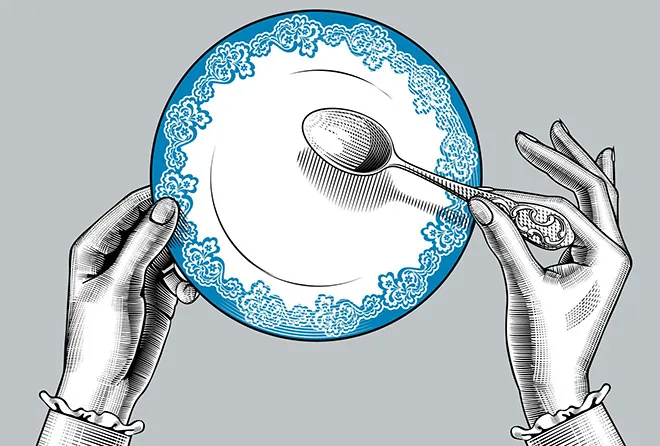India continues to grapple with a high rate of undernutrition.
Stunting has lifelong consequences on human capital, poverty and equity. Looking at the
National Family Health Survey (NFHS)-5 data released for 22 states and Union territories indicates a worrying trend for malnutrition. The 2019-20
Sustainable Development Goals Index has also indicated poor performance on goal of Zero Hunger. India falls under ‘serious hunger’ category as per the
2020 Global Hunger Index, with 14 percent of the population being undernourished.
The NFHS-5 data shows marked improvement in some of the health indicators, however worsening trend has been observed for nutritional status of under five-year-old children in many of the states and union territories.
Of the 22 states/union territories, 13 showed a rise in stunting, including some of the populous states like Maharashtra, West Bengal, Gujarat, and Kerala, to name a few. Stunting was highest stunting in Meghalaya (46.5%), and Bihar (42.9%); higher than as reported in the
Comprehensive National Nutrition Survey 2016-2018. Sikkim was lowest at 22.3 percent, a significant decline (7.3 percentage point drop) since
2015-16. The least progress can be seen in Ladakh and Andhra Pradesh. Bihar has shown improvement from 48.3 percent in 2015-16 to 42.9 percent in 2019-20; however, Bihar still shows high levels of stunting (42.9%), though it has declined 5.3 percentage point since 2015-16. The rise in stunting for Goa (25.8%) and Kerala (23.4%) since
NFHS-4 where they were the lowest, is a cause of concern.
Wasting has either risen or remained stagnant in most of the states/union territories. The increase has been in range of 0.1 to 8.2 percentage point for 13 states/union territories. No change was observed in Maharashtra and West Bengal. A steep decline of 6.6 percentage points was observed in Karnataka. Wasting continues to be widespread, and multiple interventions have not managed to improve the situation over decades.
Data trends for the underweight population seem to be overlapping in most of the states/union territories. Sixteen states/union territories have shown rise in underweight in under five children. A marginal decline of 0.5 (Manipur) to a high of 2.9 (Bihar) percentage points has been observed.
Overweight in under five children is clearly on the rise with some states/union territories showing steep incline. States of Himachal Pradesh (3.8 percentage point), Tripura (5.2 percentage point), Mizoram (5.8 percentage point), and the union territories of Lakshadweep (8.9 percentage point) Ladakh (9.4 percentage point) show worrying trends.
The situation further aggravates with inadequate infant and young child feeding practices. Alarming trends indicate a decline in early initiation of breastfeeding in 12 states/union territories. The maximum decline has been observed in Sikkim (33.5 percentage points), Dadra and Nagar Haveli (24.1 percentage points), and Assam (15.3 percentage points). A rise in rates of early initiation of breastfeeding has been observed in Lakshadweep Meghalaya, and Andhra Pradesh. The exclusive breastfeeding trends show marginal improvement. Sikkim sees a shockingly steep decline of 26.3 percentage points (54.6 in 2015-16 to 28.3 in 2019-20). A similar trend is observed in the introduction of complementary feeding, with nine states/union territories showing a decline in rates. There is wide variation in states with Tripura showing an increase of 39.5 percentage points and Himachal Pradesh a decline by 15.4 percentage points. Some positive trend has been observed in children 6-23 months receiving an adequate diet.
A double whammy, with reversing trends in progress to achieving the Sustainable Development Goal (SDG) on Zero Hunger due to the due to the pandemic. With a recent
report indicating a rise in pandemic related malnutrition and adding to the number of children suffering from wasting.
POSHAN Abhiyaan’s ambitious target for stunting set at 25% by 2020 seems far to reach looking at the data trends.
India needs to act now by enhancing its programme effectiveness and reach. The situation calls for robust policies and strengthened actions to end hunger in the country.
This commentary originally appeared in News18.
The views expressed above belong to the author(s). ORF research and analyses now available on Telegram! Click here to access our curated content — blogs, longforms and interviews.




 PREV
PREV


